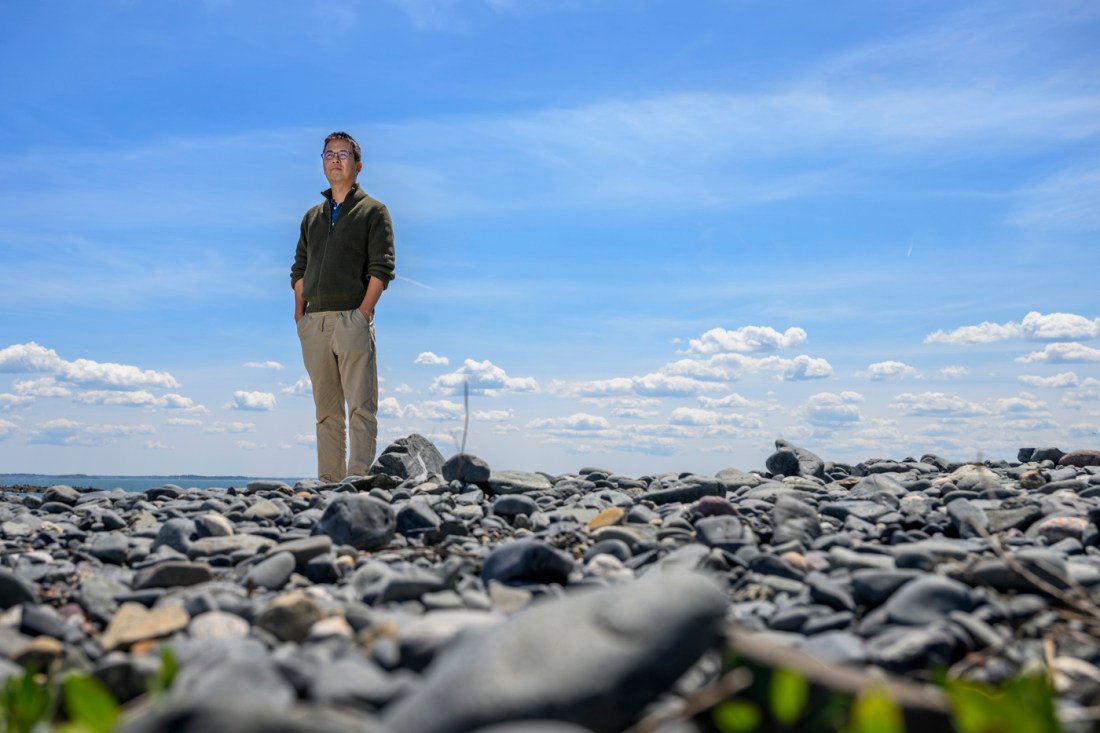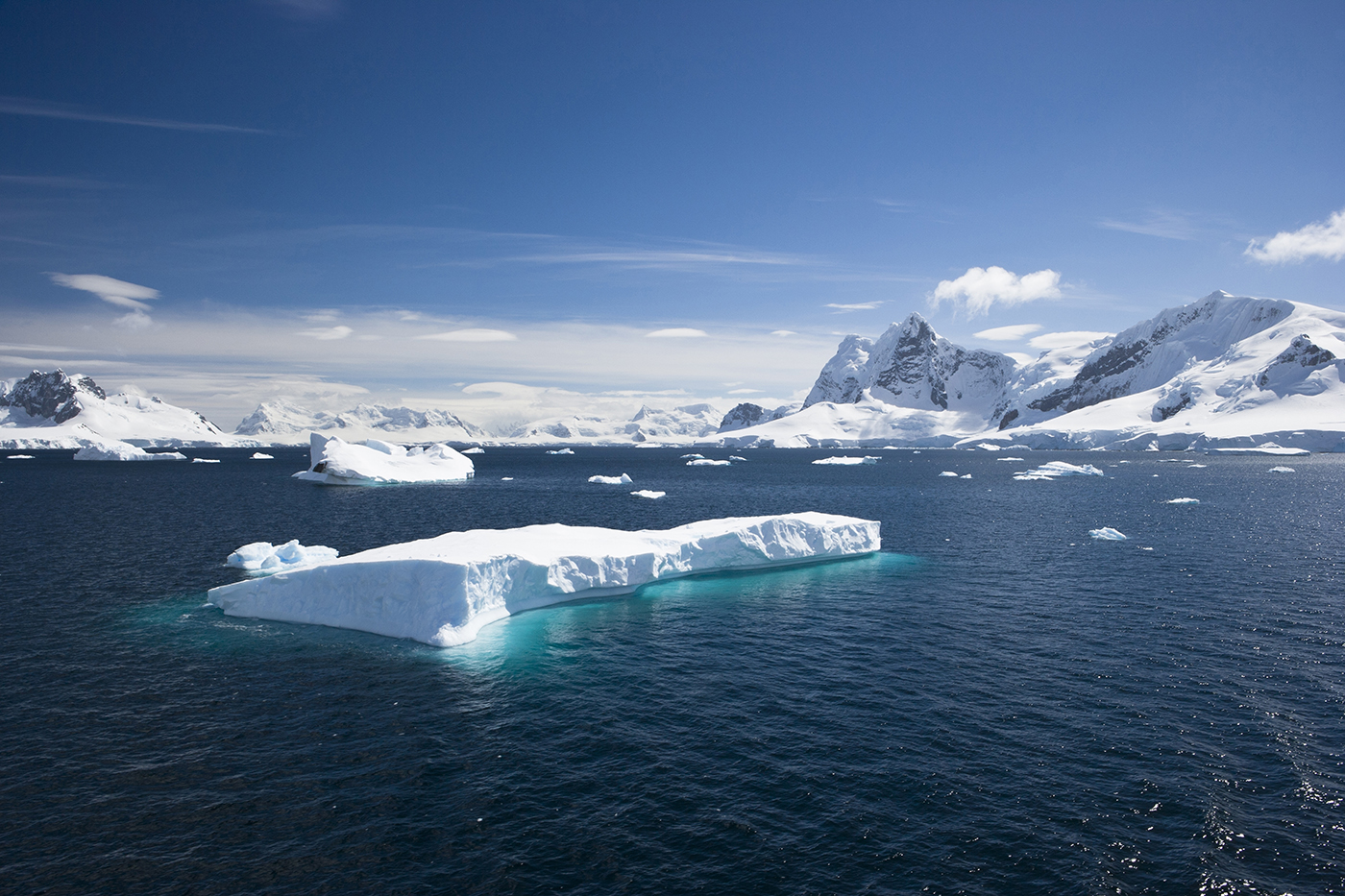Off the coast of Antarctica, the sea ice retreated toward the southernmost continent and, like a bottle cap taken off a soda bottle, that reduced pressure slowed down a process of critical carbon dioxide capture, dramatically accelerating the warming of the planet.
But all that happened thousands of years ago, one of the death knells of the last ice age.
And yet, the sea ice of our own age is also retreating, so it’s critical that we understand these oceanic processes that have such a profound effect on the globe.
An oceanic seesaw
We’ve long known that the warming of the Antarctic Ocean contributed to the end of the last ice age, but the traditional hypothesis asserted that the abyssal water around Antarctica and the deep water of the North Atlantic warmed in a “seesaw” pattern “that suggested when one weakened, the other strengthened,” says Chengfei He, a Northeastern University climatologist.
He — an assistant professor of marine and environmental sciences at Northeastern — discovered something that could be a cause for a radical reinterpretation.
Instead of the waters of these two oceans oscillating back and forth as temperatures rose, He and his co-researchers, using radiocarbon dating of deepwater seabed sentiments, observed that the bottom water formations “weakened simultaneously,” he says.
 “Understanding how these massive water masses behaved during past climate transitions helps us better predict future changes,” He says. Photo by Matthew Modoono/Northeastern University
“Understanding how these massive water masses behaved during past climate transitions helps us better predict future changes,” He says. Photo by Matthew Modoono/Northeastern University
Deep water storage
Antarctic Bottom Water — or AABW, in marine scientist speak — “forms when extremely cold, salty water sinks near Antarctica due to sea ice formation,” He says.
“This dense water then flows northward along the ocean floor, eventually rising at the surface,” He continues. How much of and how quickly this deep water rises is called the overturn rate, a process that links all the oceans together in a cycle called thermohaline circulation.
The AABW formation sequesters massive quantities of “atmospheric CO2 in the deep ocean for centuries,” He says. If its overturn rate increases — that is, if the carbon-trapping waters in the deep ocean rise to the surface and release that CO2 more quickly — it could represent “a critical tipping point that could dramatically alter regional climates, disrupt weather patterns globally and reduce the ocean’s capacity to absorb carbon dioxide.”
Radiocarbon dating … water?
Carbon dating as a concept (or even just the phrase) is familiar to many — but how do we carbon date an ocean, let alone its movements?
He says that radiocarbon — a particular isotope of carbon, “radio” because it is radioactive and thus decays at a predictable rate — “acts as a natural clock in seawater.”
When seawater is at the surface, it acquires the contemporary radiocarbon isotope. As it sinks (perhaps becoming part of the AABW formation), the radiocarbon then decays at the known rate, and eventually deposits on the seafloor, where scientists can collect their core samples.
But, with the aid of a “state-of-the-art Earth System Model, in which we track both water movement and radiocarbon through time,” He says, they made a surprising observation: “What looked like faster-moving deep water in the Southern Ocean 17,000 years ago was actually slower-moving water that just started with younger radiocarbon ages at the surface.”
In the early deglaciation period, between 15,000 and 17,000 years ago, the sea ice receded and the formation of Antarctic Bottom Water weakened — that is, the process that creates the AABW slowed, capturing less CO2 over time.
A climatic bellwether
According to the researchers’ model, this suggests that two bottom water formations — the North Atlantic and the Antarctic — weakened simultaneously, like two massive storage units suddenly failing to accept any more CO2.
“Suddenly,” here, is on the order of about two millennia, but accounted for half of the total CO2 rise throughout the full 8,000-year deglaciation, according to the paper.
“We’re seeing similar patterns today,” He writes. “Recent observations show AABW is weakening as the Southern Ocean warms.”
“Understanding how these massive water masses behaved during past climate transitions helps us better predict future changes,” He says.
As the oceans continue to warm, deep ocean carbon trapping will slow down more and more, “potentially affecting global heat distribution, carbon sequestration and regional climate patterns.”
Noah Lloyd is the assistant editor for research at Northeastern Global News and NGN Research. Email him at n.lloyd@northeastern.edu. Follow him on X/Twitter at @noahghola.
